Subscription Gaming Models: The Netflix of iGaming Is Here

The way people enjoy online casino gaming is switching from one-off purchases to ongoing access. Much like how Netflix changed the game for movies and series, the new wave of subscription casino services aims to offer an on-demand library of games for a flat recurring fee. This model promises predictable income for operators and cost-effective play for customers. But the key to long-term success goes beyond a catalog of titles. It’s all in the personalized experiences, timely offers, and smart campaign automation that keep players engaged month after month.
Today’s readers want clarity on how the gaming subscription model works, why it matters, and what it takes to build a “Netflix iGaming” service that lasts. We’ll look at how this trend began, what defines a subscription casino, 7 critical pathways to drive recurring revenue, and more.
The Rise of Gaming Subscription Models
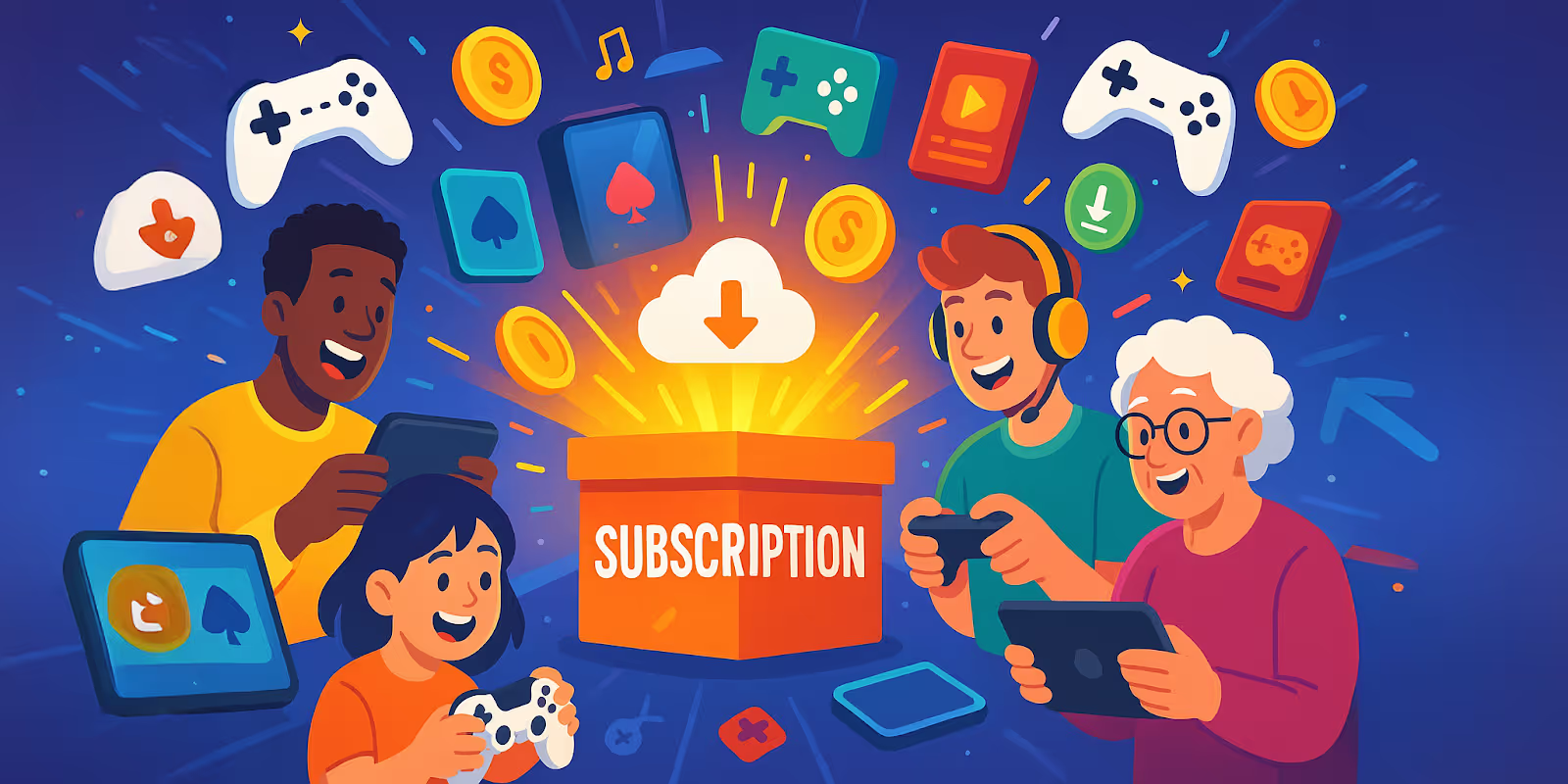
The shift from physical disc sales to digital downloads laid the groundwork for subscription services. When games moved online, players no longer needed to own a title to play it. They could stream or download instantly. From that point, it was only a matter of time before a subscription for unlimited or tier-based access emerged. Today’s major consoles and platforms each offer their own library service and build dozens or hundreds of titles under a single monthly fee.
Behind the scenes, operators appreciate the stability of recurring revenue. Rather than relying on blockbuster launches alone, they can forecast income with better precision and reinvest in new content. Players gain the freedom to try new genres without committing large sums upfront. For families or casual gamers, a monthly subscription often costs less than a single premium release. This trade-off between ownership and access has proven compelling outside of gaming. Netflix, Spotify, and other subscription pioneers showed that affordable access beats one-off buys for many customers.
As 5G networks and cloud gaming mature, the case for subscription-based gaming only strengthens. Streaming titles directly from remote servers reduces the need for high-end hardware. With faster connectivity, latency drops and load times shrink, making cloud subscriptions more viable. Meanwhile, analytics tools grow more sophisticated at predicting what players want next. Together, these trends create the perfect storm for the Netflix-style iGaming service: vast libraries, low friction, and personalized experiences.
What Defines a Subscription Casino
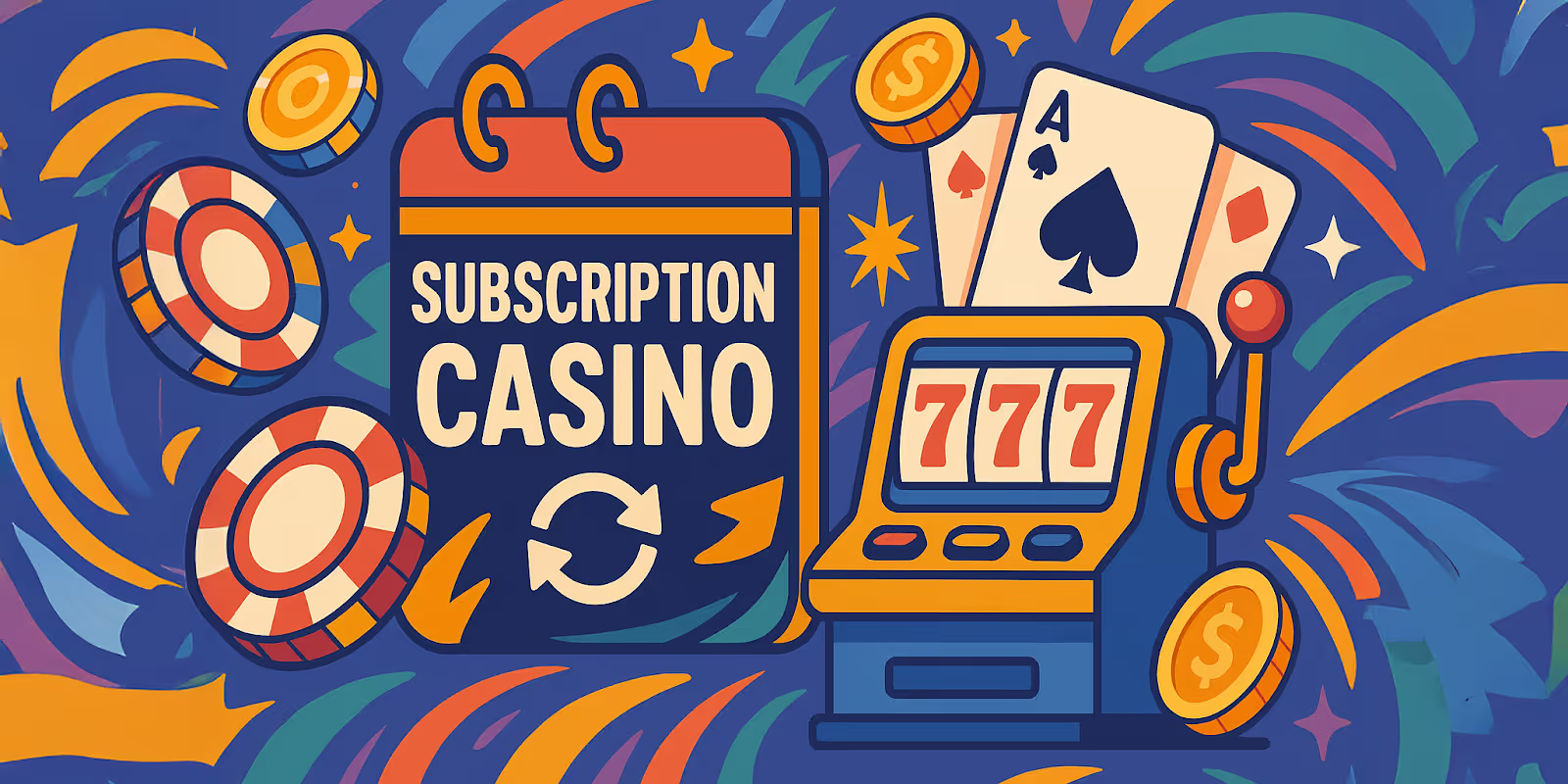
At its core, a subscription casino offers players ongoing access to a collection of games for a fixed fee. Unlike traditional pay-per-play or token-based models, users gain unlimited or tier-limited play rights as long as they remain subscribed. This approach requires operators to rethink value. It’s not enough to simply “throw games together.” Successful services curate content, refresh libraries, and create exclusive experiences that justify the recurring cost.
Service tiers often mimic those seen in streaming media. A basic plan might grant access to classic slots and table games, while a premium tier adds live dealer tables, tournaments, or special bonus events. Some operators introduce timed trials of new titles or unlock VIP lounges for top-tier subscribers. By segmenting offerings, they can serve both casual players and high rollers under a unified subscription umbrella.
{{cta-banner}}
Content discovery is another pillar of the subscription model. When thousands of titles sit behind a paywall, players need tools to find what excites them. Personalized recommendations, trending game lists, and push-notification alerts help drive engagement. In this sense, the subscription casino borrows heavily from Netflix’s algorithm-driven approach. It learns from each spin, bet, and withdrawal to surface the next best play.
Designing a Sustainable iGaming Subscription Model
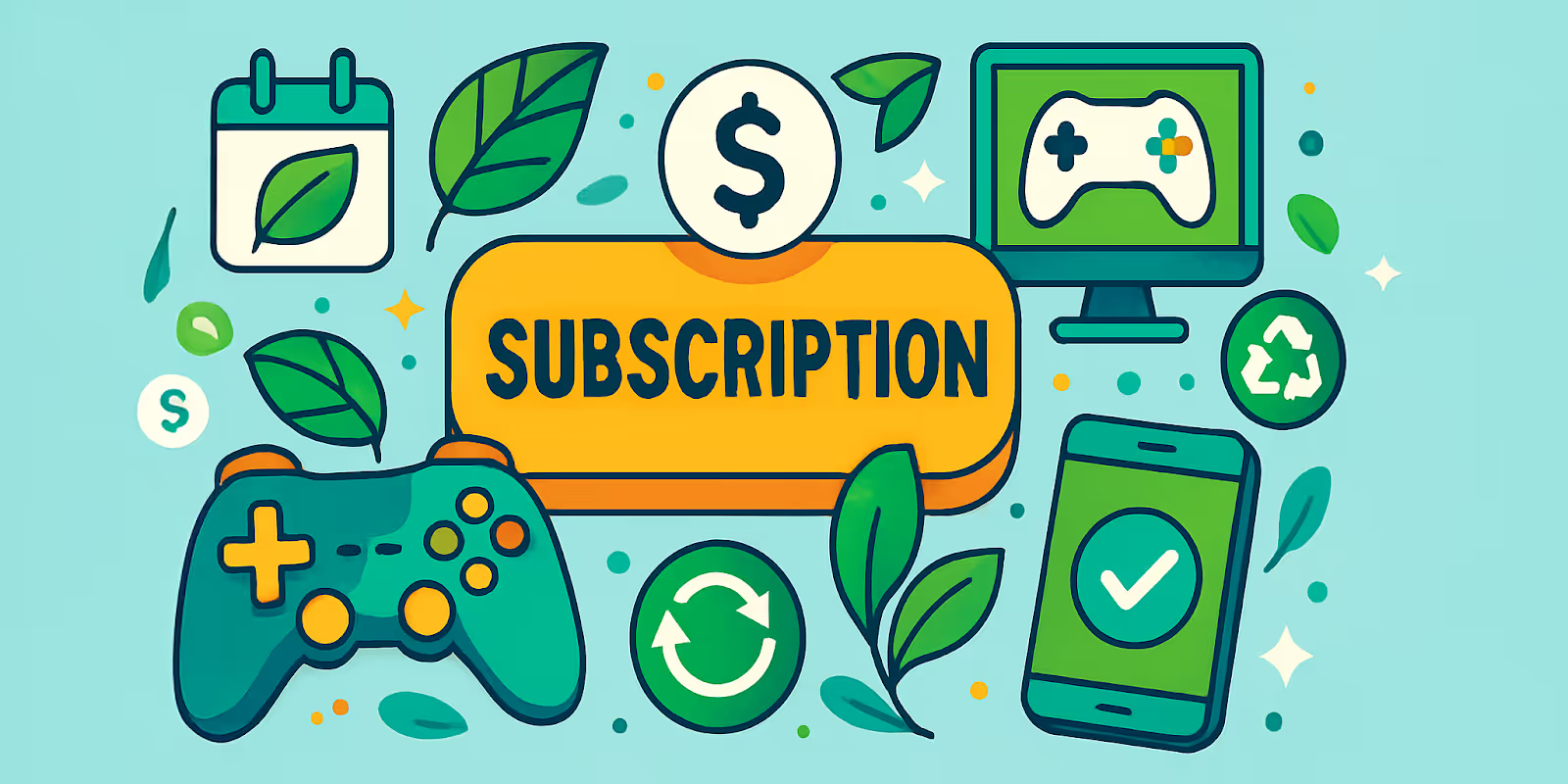
Building a successful subscription offering calls for more than a broad game catalog. Operators must continually deliver fresh, relevant content. Some invest in original titles exclusive to their service. Others partner with third-party studios for early access or themed drops. Either way, the goal is to keep the library feeling new each month.
Pricing strategy plays a critical role as well. Too low, and margins shrink; too high, and conversion stalls. Many services test introductory rates, bundling subscription fees with deposits or loyalty points. Others offer gift-card style options so players can subscribe without linking credit cards. Flexible billing cycles – weekly, monthly, quarterly – cater to diverse budgets.
Bundling non-gaming perks can also drive up value. Free spins on new slot releases, cashback on high-stakes table bets, or VIP event invitations add layers of reward. Bundles that combine game access with data-driven offers create a richer proposition than library-only subscriptions.
7 Pathways to Drive Recurring Revenue in iGaming
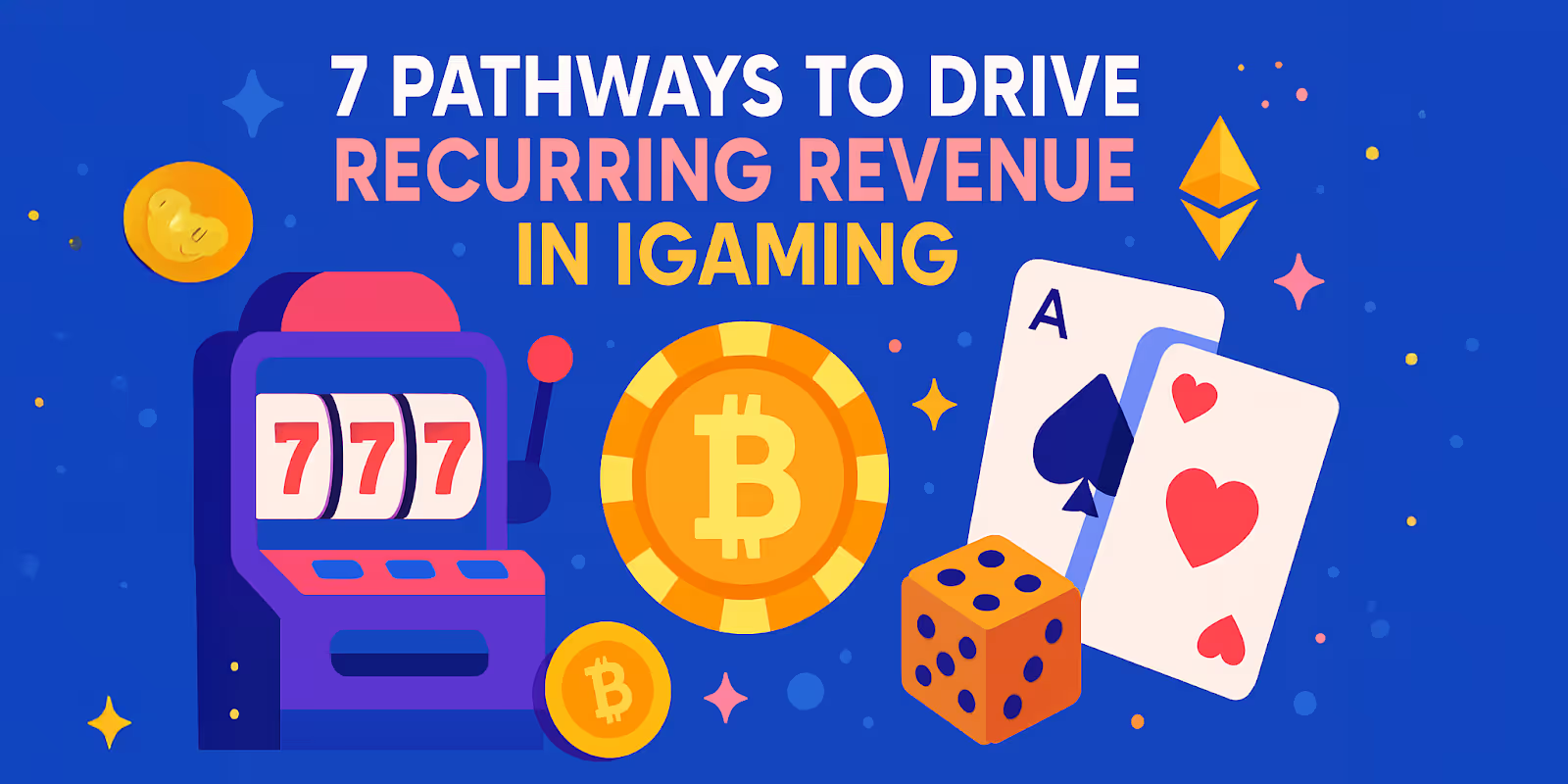
1. Curate With Care
A big library is only as good as its highlights. Operators should maintain a mix of evergreen hits and seasonal blockbusters. Each quarter, rotating featured titles keeps the experience fresh.
2. Personalize Relentlessly
When players feel the service knows their tastes, they stay subscribed longer. Tailored newsletter drops, push notifications about new launches, and custom bonus offers show attention to individual preferences.
3. Leverage Community
Host leaderboard tournaments, chat lounges, and social media events. A shared experience fosters loyalty that goes beyond individual games.
4. Reward Long-Term Commitment
Offer subscription anniversaries bonuses – extra spins, cashback, or free access to premium tiers for a week. Recognizing tenure reduces churn.
5. Integrate Powerful Upgrades
When new tier features arrive, allow players to test or upgrade with one click. Frictionless tier movement encourages trials of higher-value plans.
6. Test Dynamic Pricing
Use short-term discounts to re-engage former subscribers. A win-back campaign offering a limited-time rate drop can reignite interest.
7. Analyze Churn Signals Systematically
Identify patterns – game fatigue, low session frequency, or small deposit increases – and trigger automated retention campaigns through CRM workflows.
The Role of Subscription-Optimized CRM in Player Retention
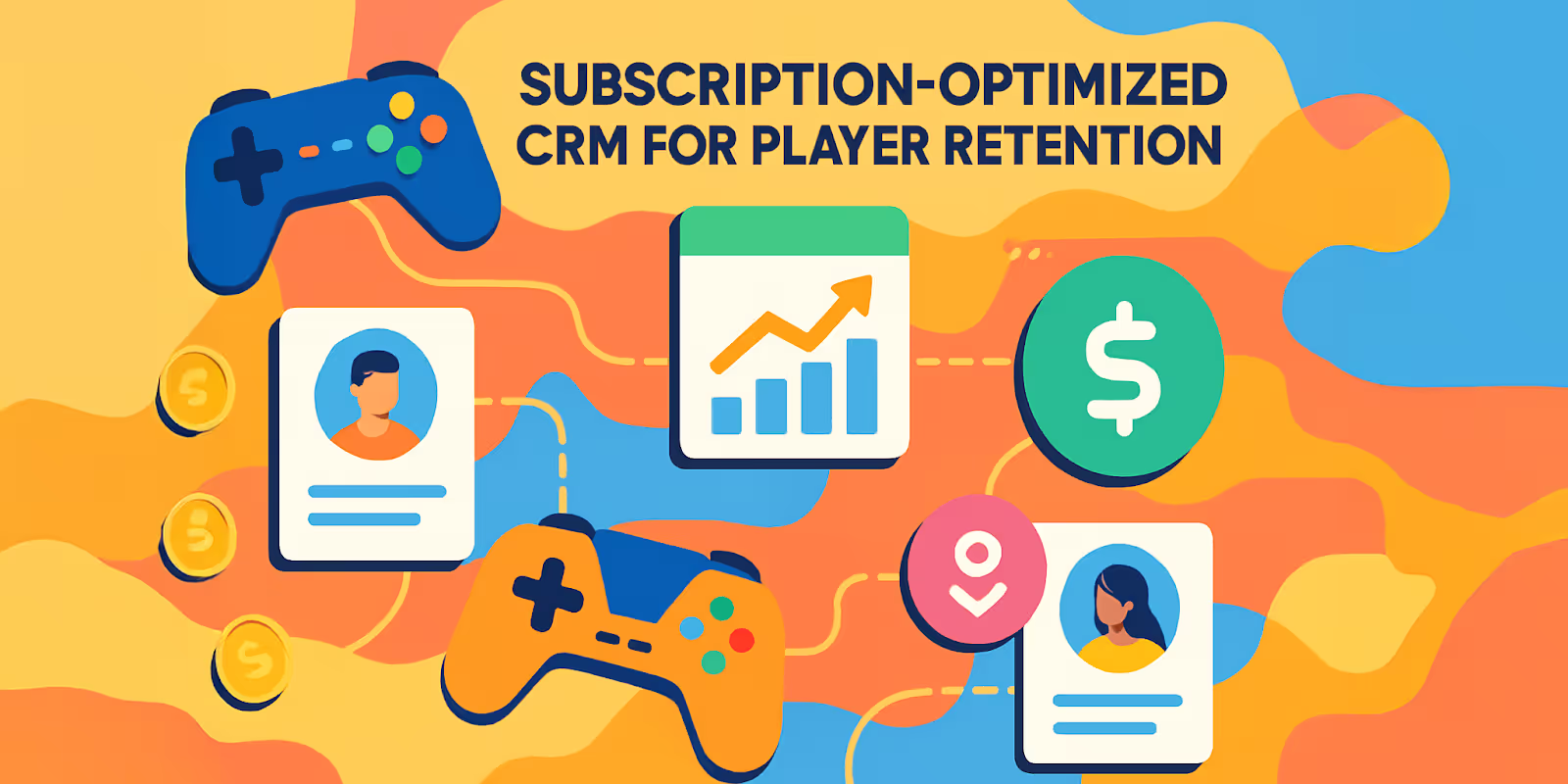
A subscription-optimized CRM lies at the heart of every thriving subscription casino. It tracks player journeys from onboarding to renewal. It captures each spin, bet size, session length, and bonus redemption. Armed with this data, operators can launch automated campaigns precisely when players show risk of canceling.
Think of a player who hasn’t logged in for seven days. The CRM can send a friendly reminder with a free spin or exclusive tournament invite. It might highlight a new game that fits their profile or drop a “thank you” credit on their account. These small nudges compound, driving higher retention and recurring revenue.
Lifecycle management also benefits from campaign orchestration. On day one, new subscribers receive a welcome pack – tutorial links, starter spins, or a guided tour of the library. By day 30, the CRM triggers a mid-term check-in. It highlights achievements, suggests challenges, and fosters deeper engagement. At year’s end, it might propose a loyalty reward for continuous subscription. Each stage is pre-built in the CRM, ensuring consistent, timely outreach.
Case Study: How Subscription Models Transform Engagement

Look to Xbox Game Pass for a clear parallel. Microsoft turned its massive game library into a subscription haul. The service boasted over 35 million members as of mid-2025 and saw 30 percent growth in PC subscriptions in one quarter alone. It leverages day-one releases, exclusive titles, and cross-platform play to keep subscribers active. These same tactics apply in iGaming: exclusive slot premieres, themed live events, and mobile-to-desktop sync can deliver a similar boost in engagement.
EA Play offers another example. Bundled with major sports franchises and early trials of new releases, it drove uptake among sports fans. By aligning game launches with subscription perks – extra XP boosts, monthly loyalty tokens – they created a feel of continuous reward. In online casino gaming, operators can mirror this by aligning high-profile tournament launches with subscription bonuses and timed trials of new game mechanics.
Smartico.ai: The First Unified Gamification and CRM Automation Platform
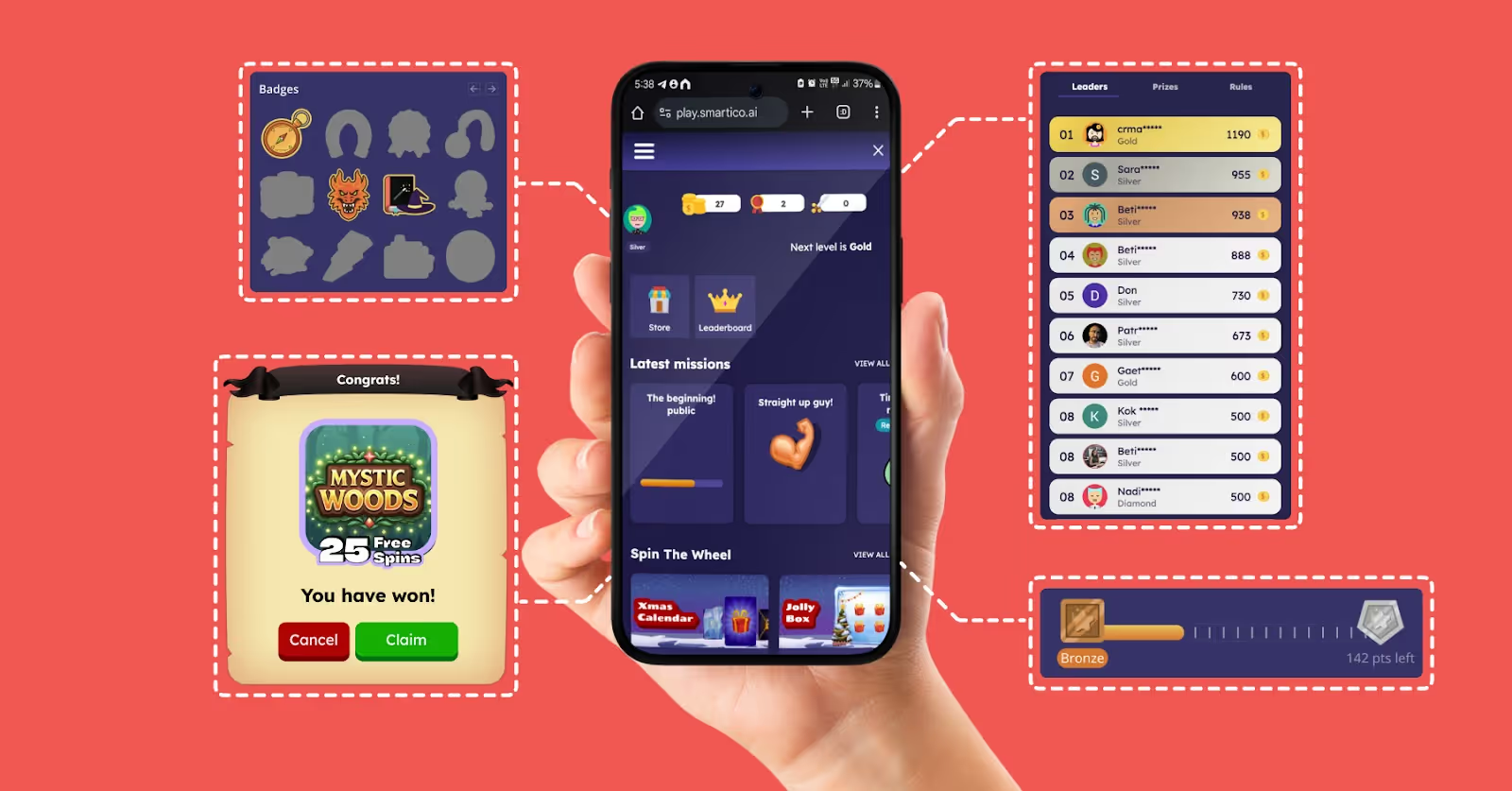
Smartico.ai stands apart as the first platform to merge Gamification and CRM Automation under one roof. It manages every subscriber’s journey in real time. From multi-channel messaging, including email, SMS, web push, and more, to in-game missions, loot boxes, and jackpots, Smartico.ai drives engagement without juggling multiple tools.
Its AI models predict which players are at risk of churn and which have the highest lifetime value. Marketers set up automated flows that trigger based on real behavior – session gaps, deposit patterns, game category shifts. No manual list building. No CRM-to-gamification hand-off. Everything runs in a single interface.
Operators using Smartico.ai see clear gains in player retention and recurring revenue growth. To explore how Smartico’s gamified CRM omni solution can power your iGaming service specifically, book your free, in-depth demo below today.
{{cta-banner}}
Conclusion
The era of the subscription casino is upon us. Borrowing from Netflix’s success, iGaming operators can offer vast, on-demand libraries, tiered perks, and personalized journeys that keep players returning. Yet library size is only one part of the puzzle. True subscription success hinges on data-driven CRM, automated lifecycle campaigns, and engaging gamification. By curating content, testing pricing, and rewarding loyalty, operators can build sustainable services with predictable revenue.
Frequently Asked Questions
- What sets a gaming subscription model apart from traditional pay-per-play options?
A gaming subscription model bundles access to multiple titles for a fixed recurring fee. Players enjoy unlimited or tier-based play, while operators benefit from predictable revenue streams. - How often should a subscription casino refresh its library?
Refreshing the library monthly or quarterly keeps the offering fresh. Highlighting seasonal titles and exclusive releases maintains player excitement and reduces churn. - Can small online casinos adopt a subscription model?
Yes. Even boutique operators can launch tiered subscriptions with a focused game catalog, curated perks, and a subscription-optimized CRM to manage campaigns and retention. - What role does data play in subscription services?
Data informs personalization, pricing experiments, and churn prediction. A robust CRM captures behavior signals and triggers targeted campaigns at the right time. - How does Smartico.ai integrate with existing platforms?
Smartico.ai offers straightforward API integration and managed onboarding. It syncs player data, campaigns, and gamification features without complex tech overhead.
Did you find this article helpful? If so, consider sharing it with other industry professionals such as yourself.
Ready to use Smartico?
Join hundreds of businesses worldwide engaging players with Smartico.










